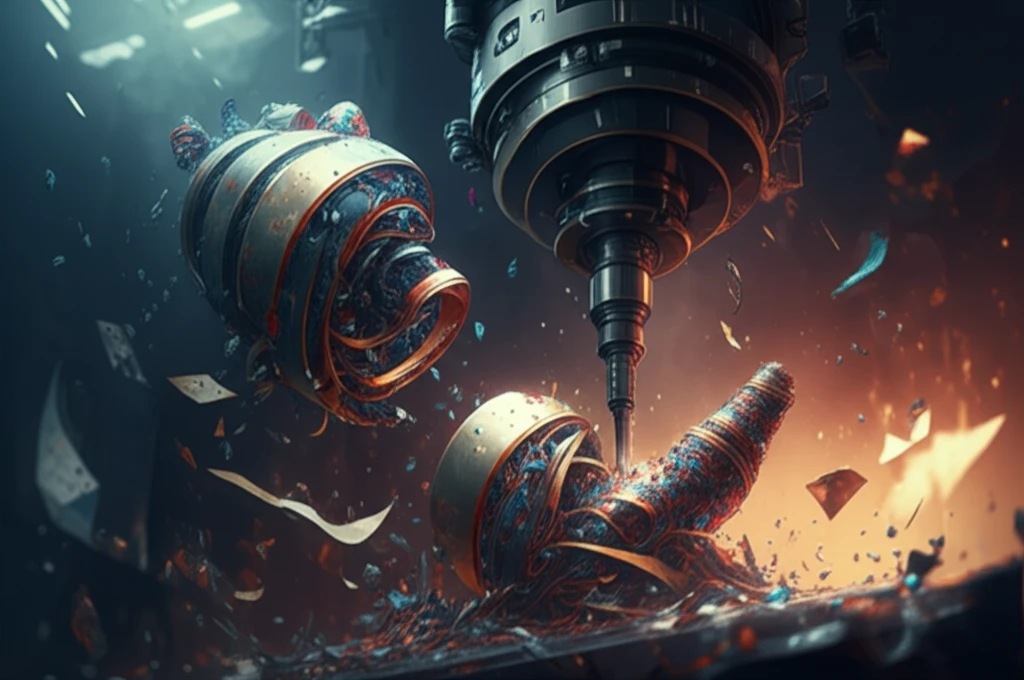
Unlock Efficiency: Revolutionizing Cutting with Advanced Chip Formation Techniques
"Discover how optimizing chip formation can transform machining processes, reduce waste, and improve product quality."
In today's manufacturing landscape, the drive for efficiency and precision is relentless. Companies are constantly seeking innovative ways to optimize their processes, reduce waste, and improve the quality of their products. One critical area of focus is machining, where the way materials are cut and shaped can have a profound impact on overall performance.
Traditional machining processes often rely on simplified models that don't fully capture the complexities of material deformation and chip formation. This can lead to inefficiencies, increased tool wear, and suboptimal surface finishes. However, recent advances in understanding and controlling chip formation are paving the way for a new era of machining excellence.
This article delves into the cutting-edge research in constrained cutting and chip formation, exploring how a deeper understanding of these phenomena can revolutionize machining processes. By examining new approaches and analytical techniques, we'll uncover the secrets to achieving greater efficiency, reduced waste, and superior product quality.
The Science of Chip Formation

Chip formation is the process by which material is removed from a workpiece during machining. It's a complex phenomenon influenced by a multitude of factors, including the material properties of the workpiece, the geometry of the cutting tool, and the cutting conditions. Understanding and controlling chip formation is essential for optimizing machining processes.
- Optimize cutting tool geometry for specific materials.
- Employ advanced cooling techniques to reduce tool wear and improve surface finish.
- Utilize real-time monitoring systems to adjust cutting parameters dynamically.
- Implement predictive models to anticipate and prevent chip-related problems.
The Future of Machining
The research into chip formation represents a significant step forward in the quest for machining excellence. By embracing these advanced techniques and analytical methods, manufacturers can unlock new levels of efficiency, reduce waste, and improve the quality of their products. As technology continues to evolve, the future of machining will undoubtedly be shaped by a deeper understanding and control of chip formation.
